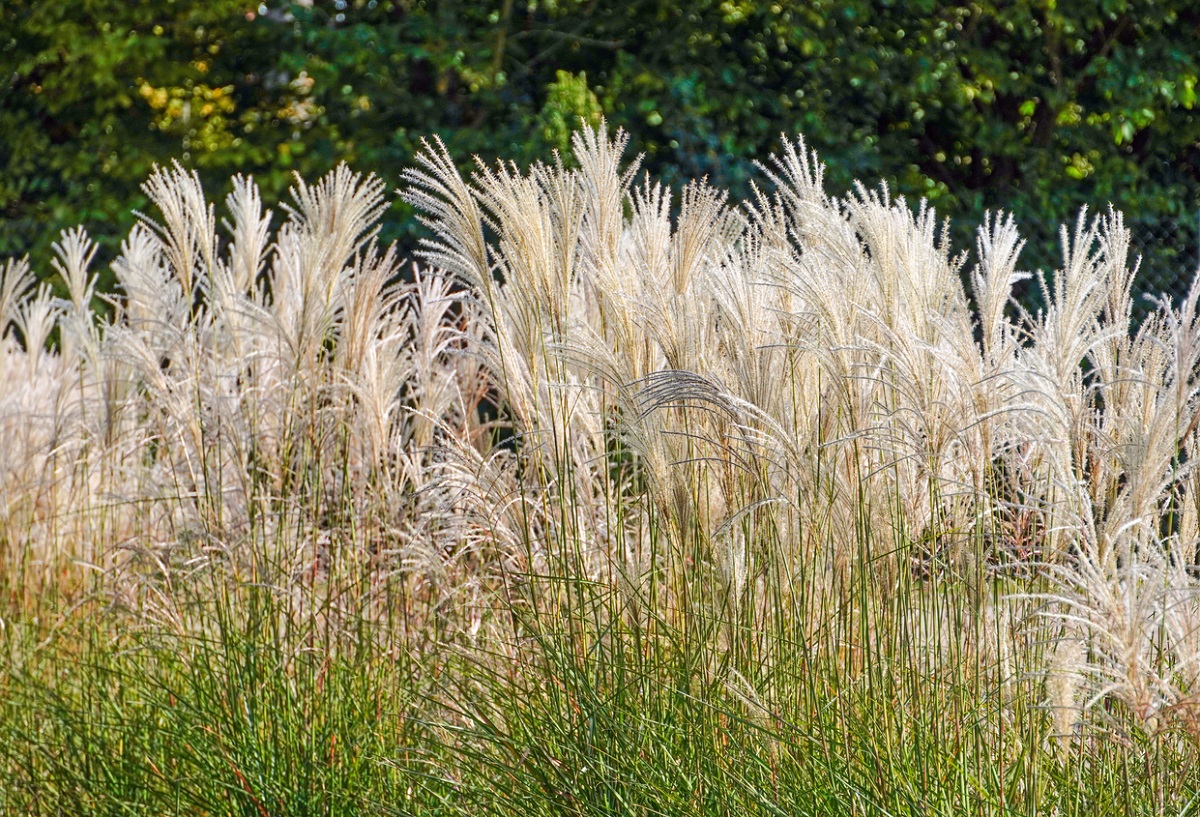
Scientists Perform Gene Editing on Silver Grass for the First Time
February 8, 2023| |
Scientists at the Center for Advanced Bioenergy and Bioproducts Innovation (CABBI) have successfully demonstrated gene editing on Miscanthus, more commonly known as silver grass, for the first time. Their research is part of the efforts to explore new ways to maximize the plant's productivity and decipher genetic basis for its desirable traits.
The project, which is supported by the United States Department of Energy, aimed to tap the huge potential of Miscanthus as a source of biofuels, renewable bioproducts, and carbon sequestration. The grass plant is known to be extremely adaptable and easy to grow even on marginal lands. It does not need constant fertilization and has a high tolerance for drought and cool temperatures. Moreover, Miscanthus uses a more efficient C4 form of photosynthesis.
The CABBI scientists used CRISPR-Cas9 to target genes in the plant to knock out their function and introduce new genes in specific locations of its genome. They used three Miscanthus species, one of which is grown commercially for bioenergy. Considering that Miscanthus Is paleo-polyploid with duplicated ancient sorghum-like DNA and multiple sets of chromosomes, the scientists used sequence information from both the Miscanthus and sorghum to identify guide RNAs that can target homeologs to account for redundancy and ensure a full knockout of the target gene. The gene-edited Miscanthus exhibited pale green/yellow, striped, or white leaves instead of typical green, a visual confirmation of the successful genetic changes made in the plant.
Having proven that gene-editing is possible in Miscanthus, the scientists are closer to reducing the country's reliance on petroleum-based energy using the grass plant. Before this study, bioengineering work to develop biofuel sources was limited to mostly sorghum and cane.
Read the news release from CABBI to learn more about the project.
| |
You might also like:
- Miscanthus Reported as A Better "Biofuel Grass" Than Switchgrass
- Ghent University Researchers Create Biofuels from Grass
- Bioconversion of Miscanthus Grass to Biofuel Hydrogen
Biotech Updates is a weekly newsletter of ISAAA, a not-for-profit organization. It is distributed for free to over 22,000 subscribers worldwide to inform them about the key developments in biosciences, especially in biotechnology. Your support will help us in our mission to feed the world with knowledge. You can help by donating as little as $10.
-
See more articles:
-
Gene Editing Supplement (February 8, 2023)
-
Research and Tools
- CRISPR-Cas9-mediated Approach Improves Photosynthesis in Rice
- Alliance of Researchers Pinpoints Barley Gene Necessary for Climate Change
- First Gene-Edited Cowpea Designed for Mechanized Harvesting
- Scientists Perform Gene Editing on Silver Grass for the First Time
- New Artificial Intelligence Model Makes Speedy Gene Editing Possible
-
Policy Considerations and Approvals
- UK’s Precision Bill Passes Final Reading at the House of Lords
-
Read the latest: - Biotech Updates (December 17, 2025)
- Gene Editing Supplement (December 17, 2025)
- Gene Drive Supplement (February 22, 2023)
-
Subscribe to BU: - Share
- Tweet

